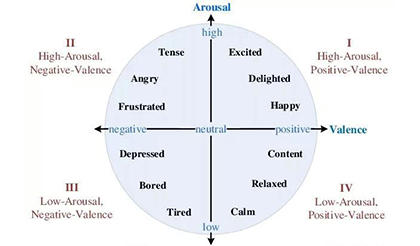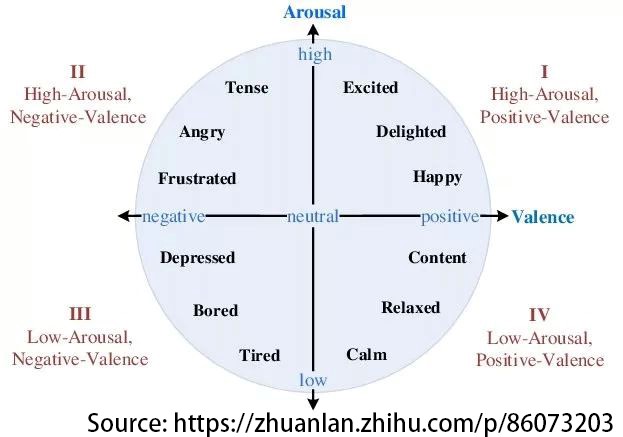


The arousal theory, proposed by the British behaviorist psychologist Benigni, is that the direct effect of environmental stimuli on people is to increase arousal levels, and the effect on increasing arousal levels is the same, whether the stimuli are pleasant or unpleasant. In neurophysiology, arousal refers to an increase in cortical excitability through the reticular formation of the brainstem in response to stimulation, while strengthening muscle tension. The brain may be at different levels of arousal, and arousal can be described as a continuously changing process with a sleepy or sleep state at one end and a highly aroused excitatory state at the other. The pleasure people get in aesthetic activities is caused by two kinds of "arousal": one is "progressive" arousal, that is, the tension of aesthetic emotion is gradually increased with the process of perception and acceptance, and finally reaches the critical point of degree to produce pleasurable experience. The other is the so-called "exhilarating" arousal, that is, the emotion is suddenly shocked by the rapid rise to the peak, and then in the "arousal" of the retreat to get a kind of tension relief of the fall of the pleasurable feeling. Under the guidance of arousal theory, the neighborhood park can meet the functional and psychological needs of users as much as possible at the planning and design level, and then stimulate residents to participate in the neighborhood park for social interaction and outdoor activities. In addition, the use of arousal theory in planning and design can also play a role such fields as urban color, street facade, landscape environment, and so on.

Edited and translated by Zhang Yifei